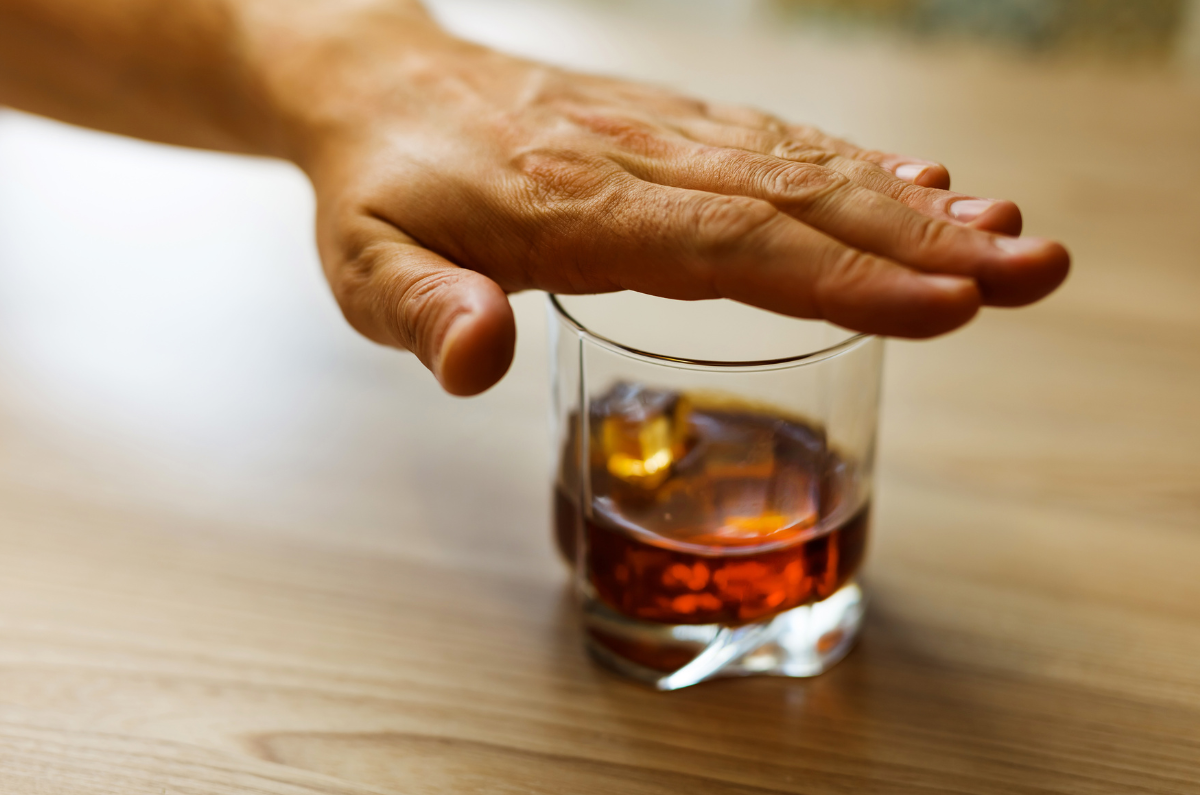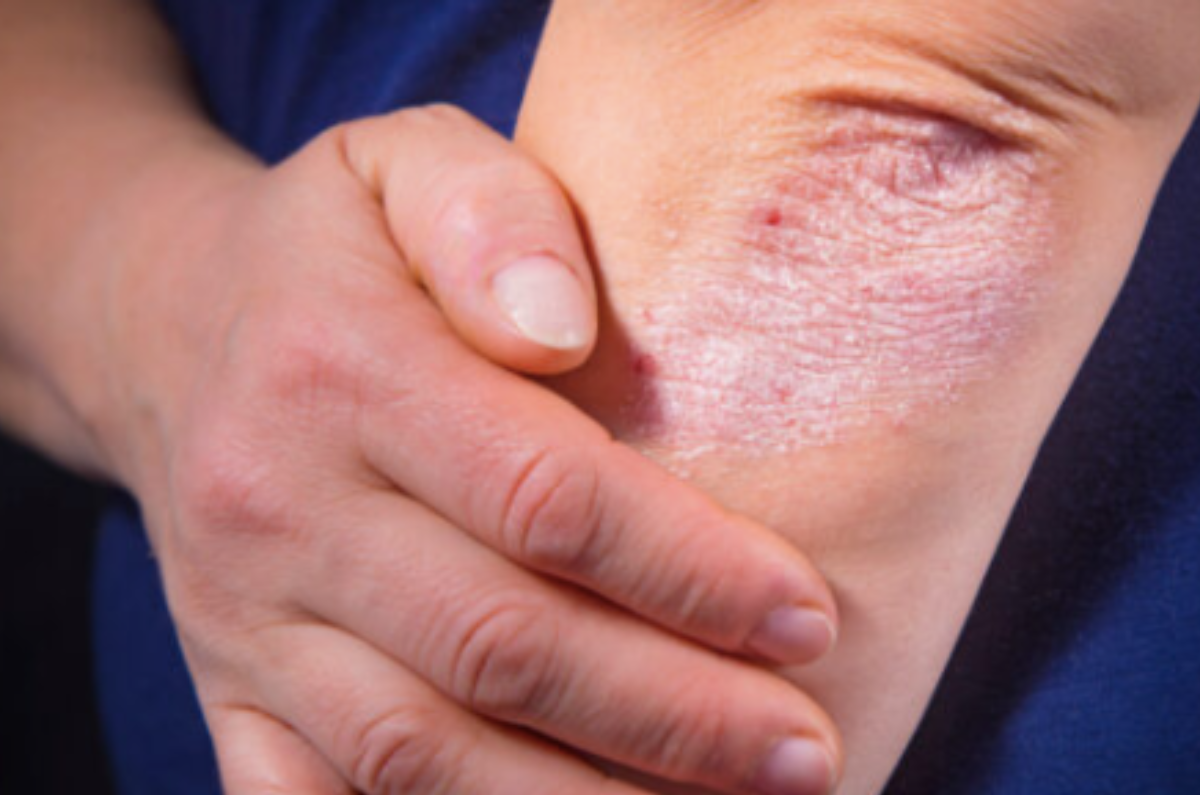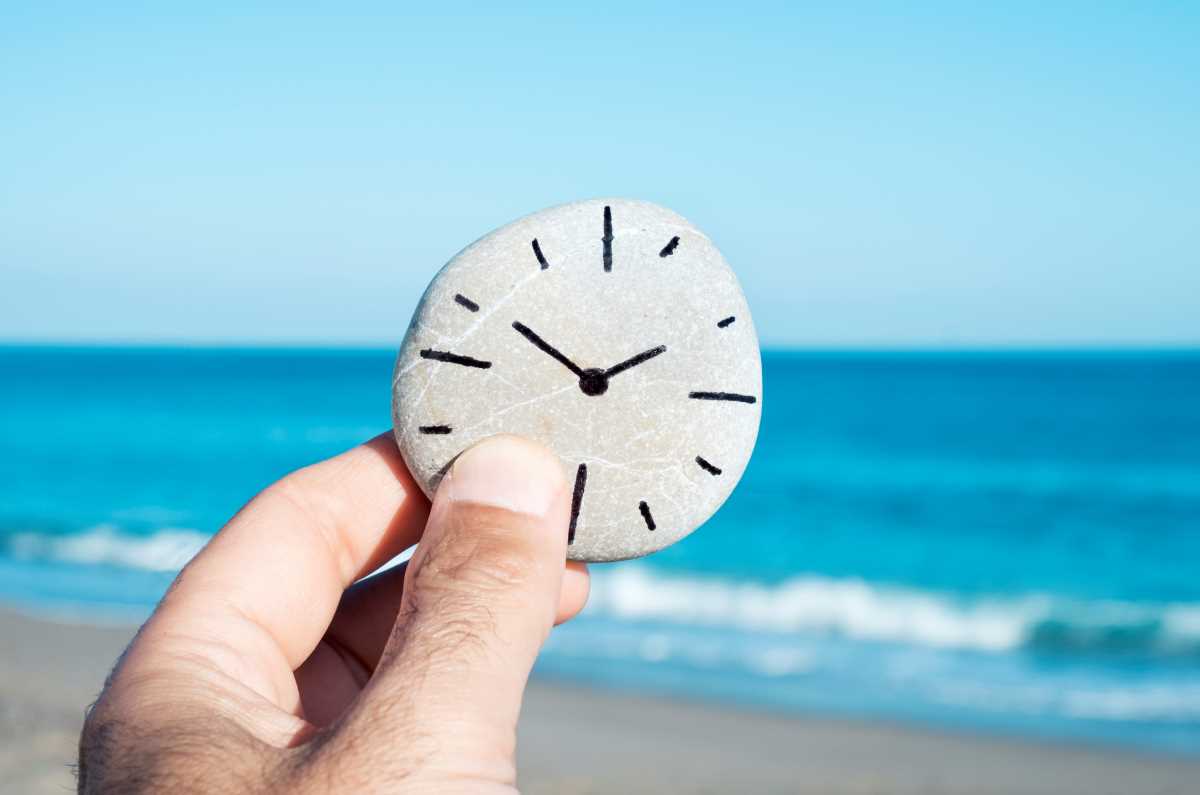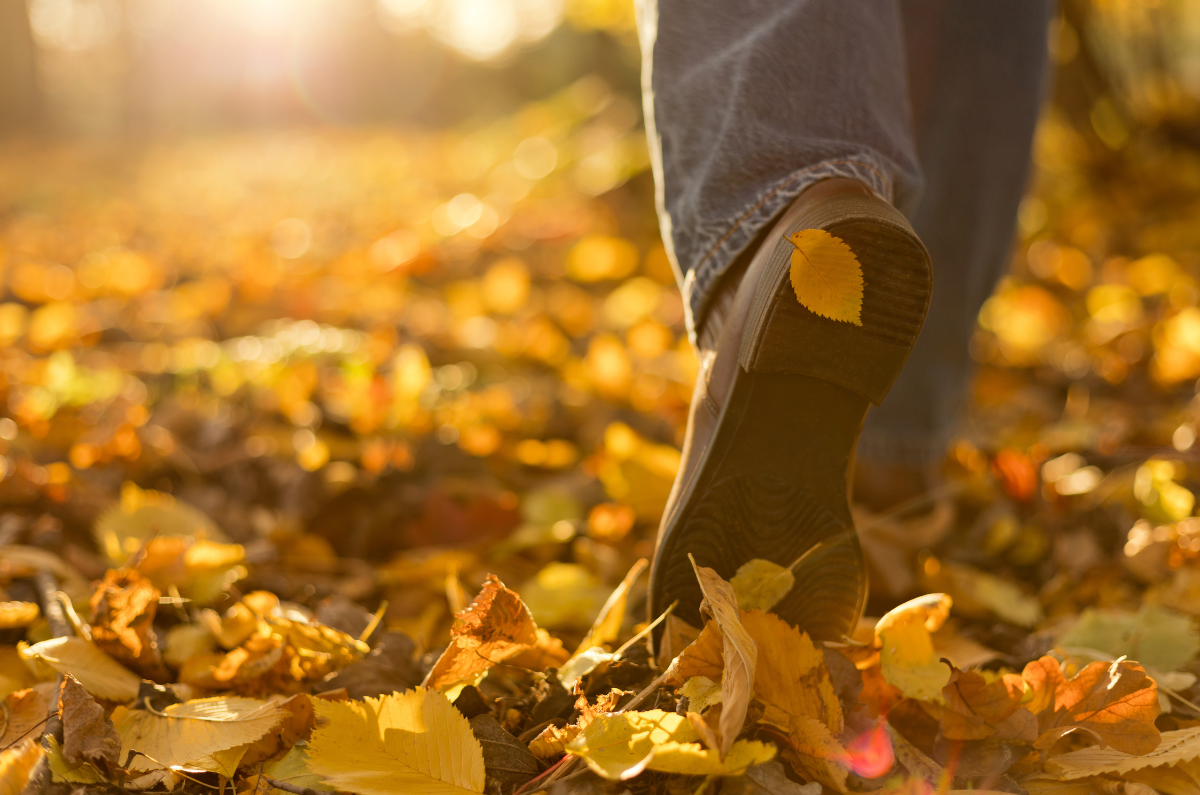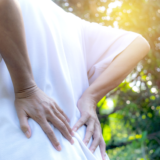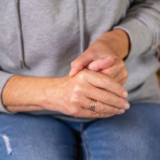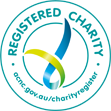Hands up if you wake up some days and the thought of getting out of bed, let alone dressed, seems impossible?
Painful muscles and joints, fatigue, difficulty with buttons and zippers, not being able to reach behind your back or over your head, sensitive skin and continence issues can make getting dressed a challenge. However, because staying in your pajamas all day is rarely an option 😣, you need some practical strategies to take the stress out of getting ready for the day.
So how can you tackle getting dressed so that you feel comfortable and put together, even if you’re in pain and exhausted?
Make a plan
I know it’s not particularly glamorous or cool, but planning can be your best friend when you live with a chronic condition that can be so unpredictable.
Decide what clothes and accessories you want to wear the night before. Or be a super-planner and do this on the weekend, for the week ahead. Take into account your activities and the weather. Then have them arranged in your cupboard so you can simply reach for the items you need for the day.
Choose your clothes carefully
When buying new clothes, choose those with quality fabrics that are soft and stretchy.
Loose clothes are perfect on days when you’re in pain, or your skin is sensitive. If twisting or reaching behind you is difficult, buy clothes that fasten at the front or side. Or ones that have no fastenings at all.
Avoid clothes that require ironing if you can…unless you find ironing relaxing (I know that person 😉). But seriously, who can be bothered ironing when you’re already tired? For clothes that do crease in the wash, hang them up on a hanger as soon as you take them out of the wash so that most of the wrinkles drop out. You can also hang them in your bathroom while you shower so that the steam removes any stubborn wrinkles.
Buy clothes that you can dress up and dress down as the occasion warrants. For example, plain black t-shirts can be as casual as you want for hanging out at home with a pair of leggings/loose jeans and sneakers. But by simply adding a light jacket, some accessories, and changing your shoes to low wedges/loafers, you’re ready for lunch with friends. No muss, no fuss.
Add layers. Many people with chronic pain are sensitive to fluctuations in temperature. Because you can rarely control the temperature of the places you visit, layering your clothes can be a lifesaver. You can remove/add layers as needed.
Use dressing aids. If you have difficulties with fastenings (e.g. zippers, buttons, shoelaces) or putting clothes over your head or shoes on your feet, there are gadgets to make life easier. They include zipper hooks, dressing sticks, buttonhooks, shoehorns, elastic shoelaces, and so much more. Check out our online store for some of these items. An occupational therapist can also give you tips for getting dressed as well as other available aids that are available to help you.
Have a go-to outfit that makes you happy. We all need a pick-me-up now and again, and often what we wear can do that. Have a favourite outfit or two ready to go for when you need a boost or some extra confidence to face the world 😍.
Don’t forget your accessories
Shoes: When buying new shoes, make sure they fit your foot properly, including any bunions, hammertoes and other structural changes to your foot. Choose shoes with a good, supportive sole, and decent grip to avoid slips and trips. Avoid wearing high heels or very flat shoes every day. If you wear orthotics, ensure they’ll fit in your new shoes. And if you have painful feet and you’re having trouble managing, talk with a podiatrist. They can give you information to help you look after your feet, including advice on your footwear.
Bags and backpacks: We carry a lot of stuff with us every day – phones, purses/wallets, computers, medication, keys, masks, water, hand sanitiser, snacks, work/school gear – so bags and backpacks that can help you cart this around, without aggravating your condition, are a must. Bags with thick straps that spread the weight across a wider area, rather than bags with thin straps, will cause less pain and strain. Avoid large bags, where the temptation can be to throw everything in them. Instead, choose a bag that suits what you need to carry, and avoid adding anything that isn’t necessary for your outing. Have a couple of bags and backpacks that’ll accommodate what you need to carry, whether it’s a casual outing or work-related, and your outfit. That way, you can mix and match as necessary.
Hats and caps: Don’t forget your head! Hats and caps protect your head and face from the heat and UV rays, as well as the cold bite of winter. Again, have a couple you can choose from to suit your outing and the elements.
Now add bling: I find that even when I’m wearing my most casual, comfy outfit, I can dress it up, and by doing so, feel better, just by adding some earrings, a cool watch or another piece of jewellery. It may sound superficial, but personally, anything that lifts my mood when I’m feeling low or in pain is just as necessary to me as my medication or meditation 😊.
Be a thrifty shopper
Living with a chronic condition can be costly, so saving money where you can is important. Op shops, clothing exchanges and online noticeboards can help you save money when it comes to sourcing new clothes and accessories. I’m an avid op shopper, and I find many unique, good quality and fun items at great prices. I also feel better about recycling clothes rather than buying a cheap item from a chain store that won’t last the season. And don’t forget you can also sell or donate the quality clothes you no longer wear to these networks.
Develop your own style
Throw the season’s fashions out the window! Wear clothes that make you happy, comfortable and project your own personality and style. I’ve said it many times – the world would be incredibly dull if we were all the same. And that goes for what we wear. So embrace your inner fashionista and create a style that’s uniquely you.
“When you don’t dress like everybody else, you don’t have to think like everybody else.” – Iris Apfel
Contact our free national Help Line
If you have questions about managing your pain, your musculoskeletal condition, treatment options, mental health issues, telehealth, or accessing services be sure to call our nurses. They’re available Monday to Thursday between 9am-5pm on 1800 263 265; email (helpline@msk.org.au) or via Messenger.
More to explore
- Best shoes for arthritis: 8 rules for buying the right pair (and 3 mistakes to avoid)
Creaky Joints - Getting dressed when you have arthritis: tips on how to make it easier
Versus Arthritis - Getting dressed with rheumatoid arthritis can be hard, but these 7 expert tips may help
Creaky Joints - How to take the stress out of getting dressed
Arthur’s Place - Why the rise of workleisure benefits the chronic pain community
Verywell Health


